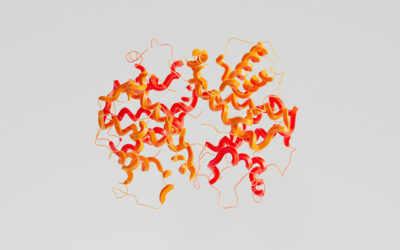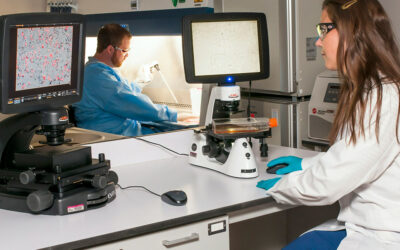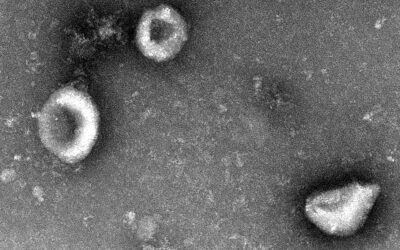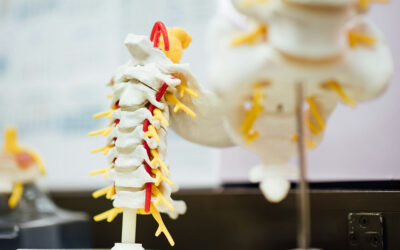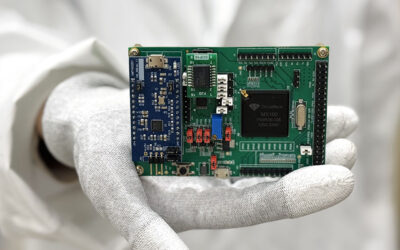Immunoengineering is the application of biomedical tools and technologies that are directed at measuring, modeling and modulating the immune system. A classical example is the application of immunotherapy in cancer. A hot topic in current biomaterials research is not only the prevention of possible adverse immunological effects for implantable materials, but also the use of biomaterials to engineer the immune response for a positive clinical outcome.
The current issue of Advanced Healthcare Materials titled Bio-Interfaces for Immuno-Engineering, edited by Weiqiang Chen (New York University) and Deok‐Ho Kim (University of Washington) presents a high volume issue with reviews and original research articles covering a high variety of studies in this area opening up a wide range of new possibilities of biomaterials research.
The issues starts off with with review type articles on interactions of immune cells with their environment, e.g. extracellular matrix by Szu‐Wen Wang and Wendy F. Liu, bone regeneration by Heungsoo Shin, and macrophage and fibroblast interactions by Kara L. Spiller.
On more general terms of biomaterial-immune system interactions, Chris M. Jewell rpresents a review titled, Engineering Immune Tolerance with Biomaterials, while Shuichi Takayama focusses on DNA‐based biomaterials for immunoengineering.
Examples for detailing successful immunostimulatory effects of nanomaterials are presented by Deok‐Ho Kim and Jong Bum Lee on microspheres including RNA, as well as dendritic cell membrane vesicles to activate dendritic cells by James J. Moon.
This leads into a number of articles on classical nanomedicine for cancer therapy, including an immune stimulatory component, as reviewed by Hyung Park, and by Weiyue Lu and Zhen Gu, looking at polymeric nanomedicines and drug delivery for immune checkpoint blockades, respectively.
Furthermore, one should not forget immunoassays as commonly used diagnostics tools, exemplified in this issue by Pengyu Chen, as well as vaccine technology, as reviewed by Kim A. Woodrow in Microneedle‐Mediated Vaccine Delivery to the Oral Mucosa.
Organ-on-Chip technologies are now entering immunoengineering, as a focus topic of this special issue with several articles beign presented. Also see a previous special issue titled Microphysiological Analytic Platforms (MAPs): Precision Organs on Chip published in Advanced Healthcare Materials 2018 that covers this topic.
One example of on-chip technologies is an excellent review by Shiladitya Sengupta and Ali Khademhosseini titled, Organ‐on‐a‐Chip for Cancer and Immune Organs Modeling, followed by a review titled, Ex Vivo Tumor‐on‐a‐Chip Platforms to Study Intercellular Interactions within the Tumor Microenvironment by Shyni Varghese. A prime example is the Communication titled A Foreign Body Response‐on‐a‐Chip Platform by Amir M. Ghaemmaghami, Ali Khademhosseini and Yu Shrike Zhang.
Finally, while I cannot mention all articles, I would like to highlight two further articles that may take immune-engineering research at bio-interfaces one step further: Deok‐Ho Kim and Dong‐Hwee Kim are unraveling the mechanobiology of the immune system, which aptly carries that as the title, which looks at the mechanoregulation of immune responses and signaling pathways involved in these cellular processes. Jeremy C. M. Teo then describes deconstructed immune microenvironments within lymphoid tissues for reverse engineering.
Special thanks to Weiqiang Chen and Deok‐Ho Kim for bringing this excellent list of articles together and to all authors for their contributions.
We hope you enjoy reading this special issue in Advanced Healthcare Materials.













